
On Friday, astronaut Scott Kelly will embark on a one-year mission aboard the International Space Station. To coincide with the event, TIME launches today the trailer of A Year in Space, a multi-part documentary series produced by TIME’s Red Border Films and directed by Shaul Schwarz and Marco Grob. Presented, from May 2015, across all TIME platforms—both print and digital— A Year in Space will offer exclusive access into the lives of Scott and Mark Kelly, NASA’s twin astronauts—from training sessions at the Neutral Buoyancy Lab in Houston, Texas, all the way to the International Space Station (ISS), 250 miles in orbit. Visit time.com/space.
Your mind and your body have very different views on space. Your mind thinks it would be a fine and fun and thrilling place to be. Your body wants no part of it. The human organism was built for a one-g environment—and would just as soon stay there. Put it in zero-g for too long and everything comes unsprung: the heart goes slack, the bones get brittle, blood pressure goes awry, muscles wither, the eyes weaken.
Scott Kelly is about to face all that down. On March 27, the veteran of three previous space flights will take off for the International Space Station (ISS) and, along with cosmonaut Misha Kornienko, remain aloft for a full year. Meantime, Scott’s twin brother Mark, a veteran of four space flights, will remain on the ground. The two men with their matching backgrounds, similar health and identical genomes, will serve as the perfect controlled experiment to learn more about how the human body handles weightlessness—and what can be done to minimize the damage during long-term trips to Mars and elsewhere.

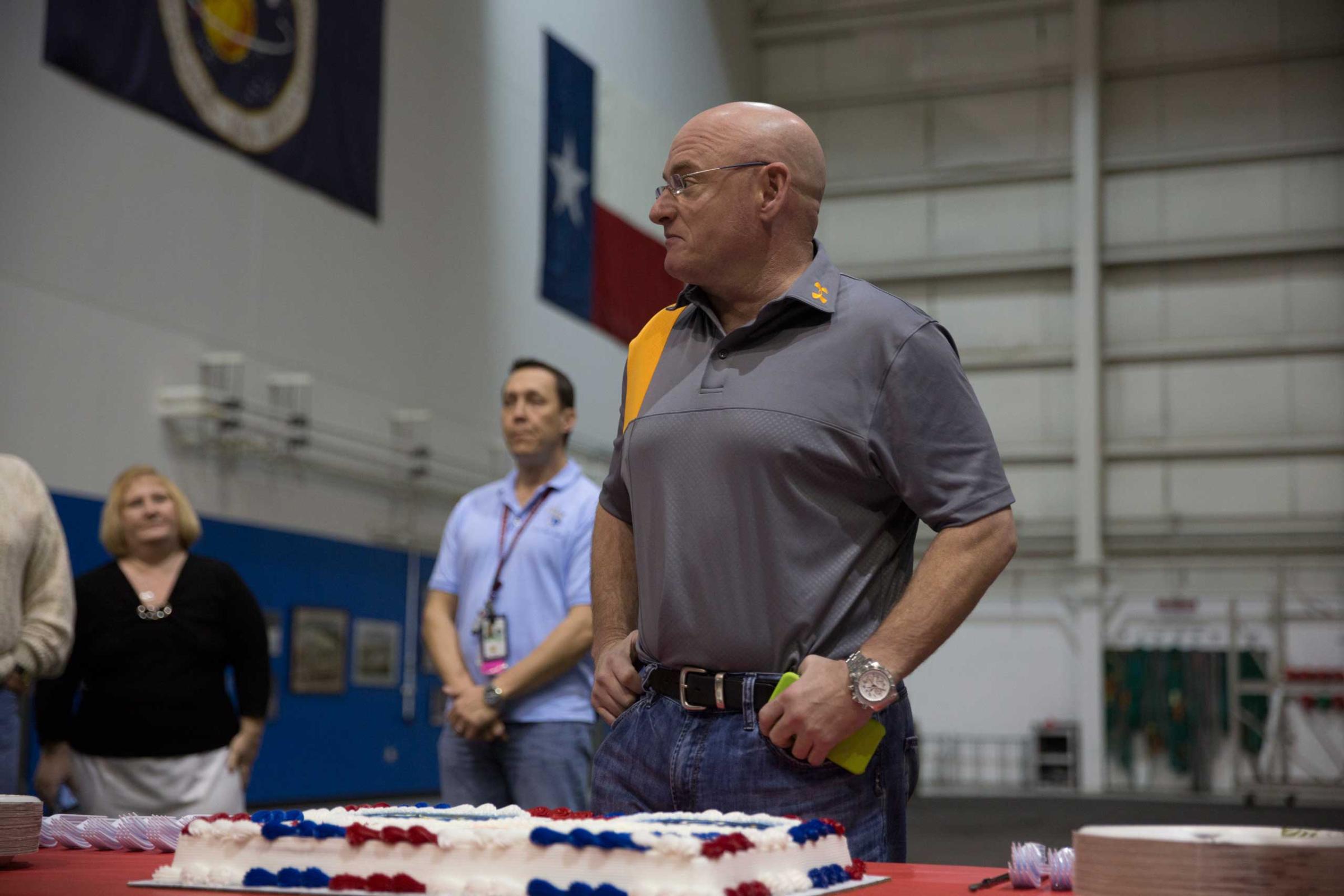
The Kelly mission is part of what is shaping up to be the most significant year in space in a long time. With the Juno probe on the way to Jupiter, the Dawn probe’s recent arrival at the dwarf planet Ceres, the New Horizons probe set for a first-ever rendezvous with Pluto in July, the Curiosity rover completing its third year on Mars and no fewer than three American manned spacecrafts—two being built by the private sector and one by NASA—moving closer to flight, the U.S. is at last reclaiming its fully preeminent position in space.
But it’s the story of Scott and Mark that will be the truly moving, truly human tale—and TIME will be covering it from all angles. Our A Year in Space project kicked off with our cover story on the Kellys in our Dec. 29, 2014 issue. It will continue on all of our platforms—web, tablet, mobile, magazine—until after Scott’s return in the spring of 2016.
As we did during the Mercury, Gemini and Apollo days, TIME will be going into the lives and living rooms of American astronauts and their families. Our online coverage has begun already, with an exclusive trip into the 40-ft. depths of NASA’s Neutral Buoyancy Lab—essentially a 6.2 million gal. (23.5 million liter) swimming pool—where fully space-suited astronauts train on a mock-up of the ISS.
We will continue with at least nine hours of interviews with Scott, his family, the girlfriend he’s leaving behind and the doctors who will be looking after him while he’s in orbit, and with 80 minutes of conversations with him aboard the ISS. TIME.com will feature regular video and story updates throughout the year and a feature-length, Red Border Films documentary at the end of the year.
The brothers have been there before—in wonderful and terrible ways. They have both known the thrill of being in space and the slight ache of wanting to be the one who’s flying when it’s the other brother’s turn. They’ve known the wonderful sense of connectedness that comes from being in space and being able to call home and discuss the experience with a person uniquely—almost surreally—able to understand it all. And they’ve known the pain of not having that brother close when needed—as when Mark’s wife, former Congresswoman Gabriel Gifford, was nearly assassinated when Scott was in space. “The one person who could have helped me most was off the planet,” Mark has said.
This year, Scott and Mark will, in a sense, be flying the same mission for the first time. Mark, having retired from NASA, may remain at home in Arizona, but the brothers will be working together to advance the far larger mission of helping the human species—moored to a single world in a universe full of them—slowly stretch its reach into the cosmos.
Jeffrey Kluger is Editor at Large for TIME magazine and TIME.com, overseeing coverage of science and human behavior. He is the author of nine books, including Apollo 13, upon which the 1995 movie was based.
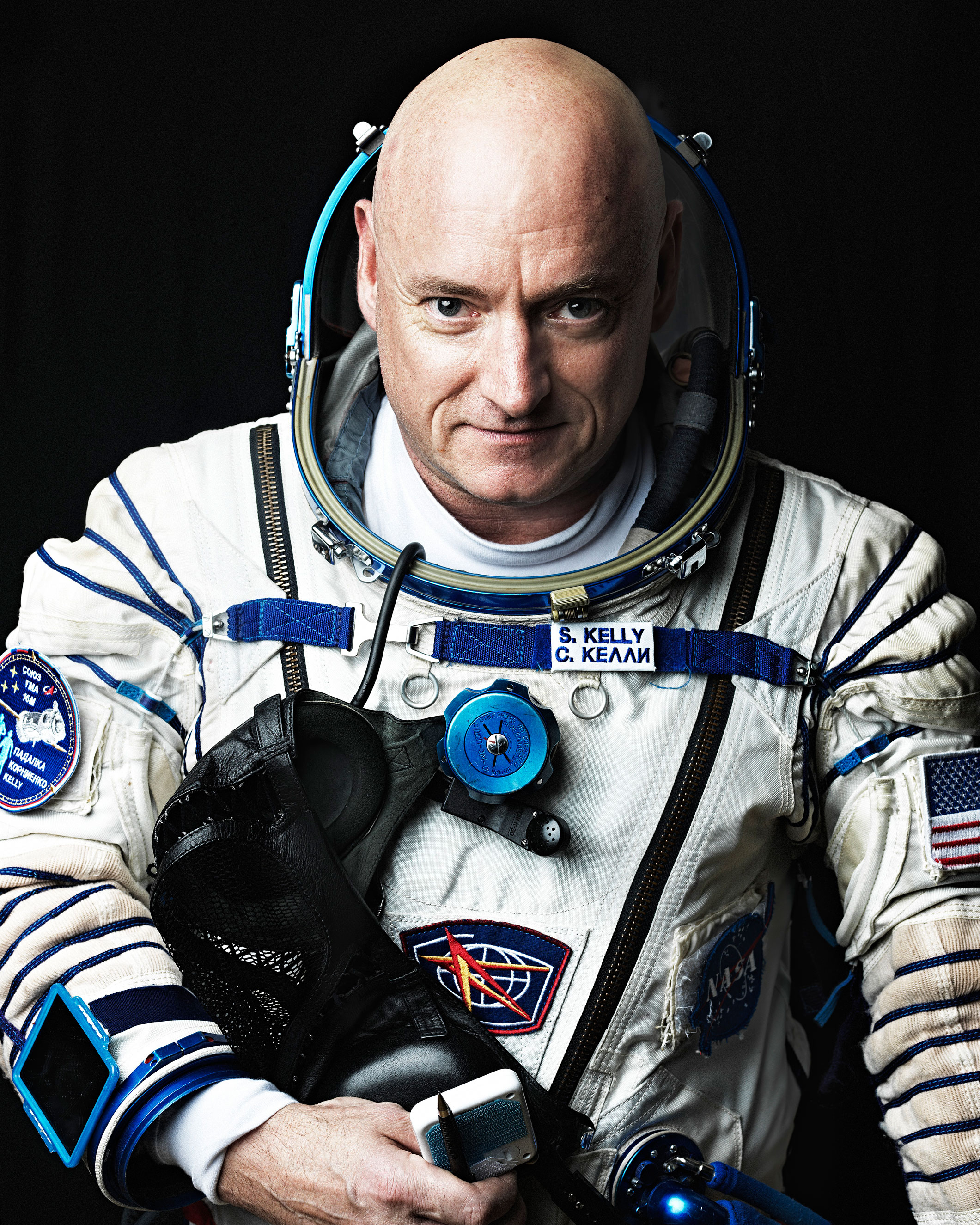



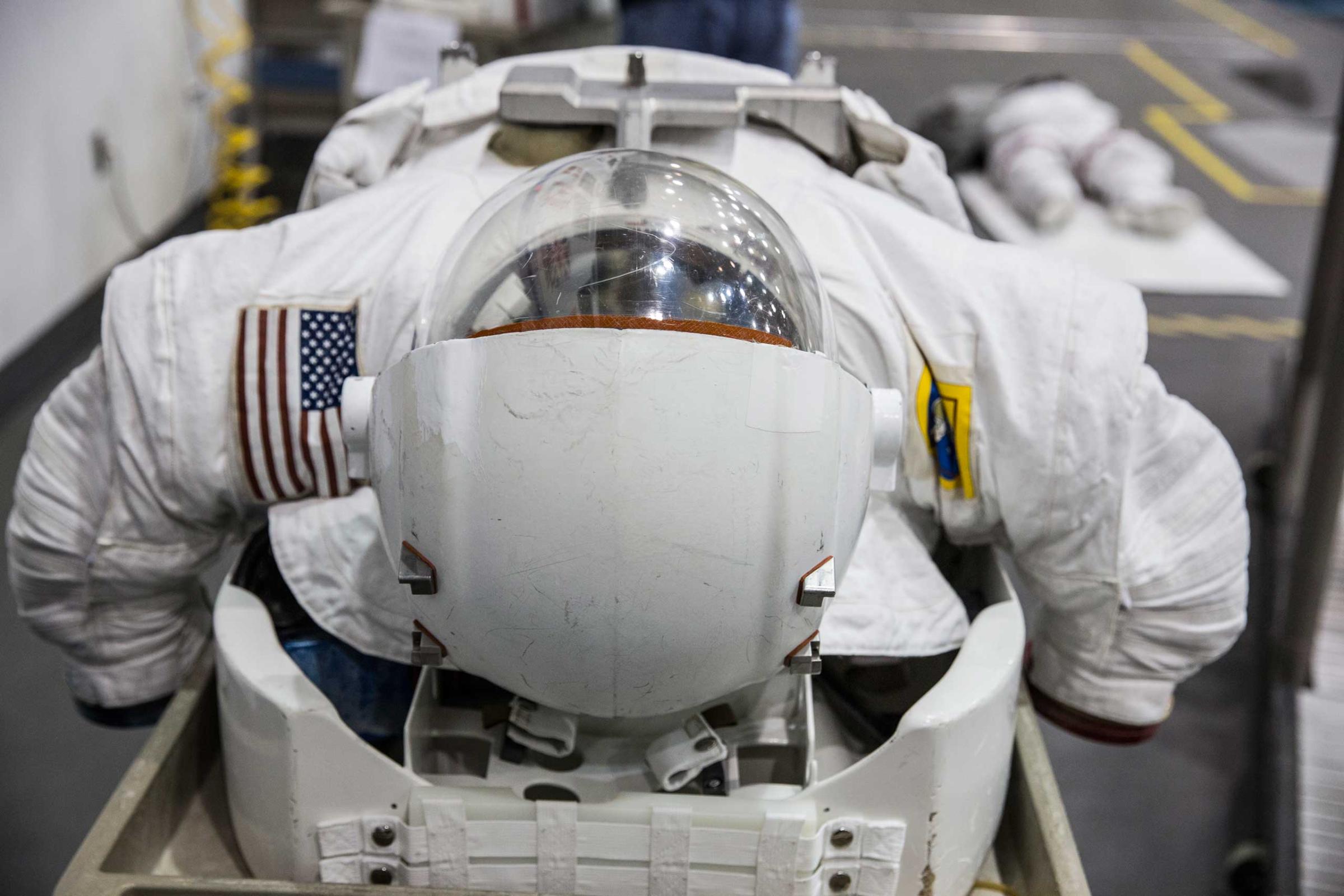
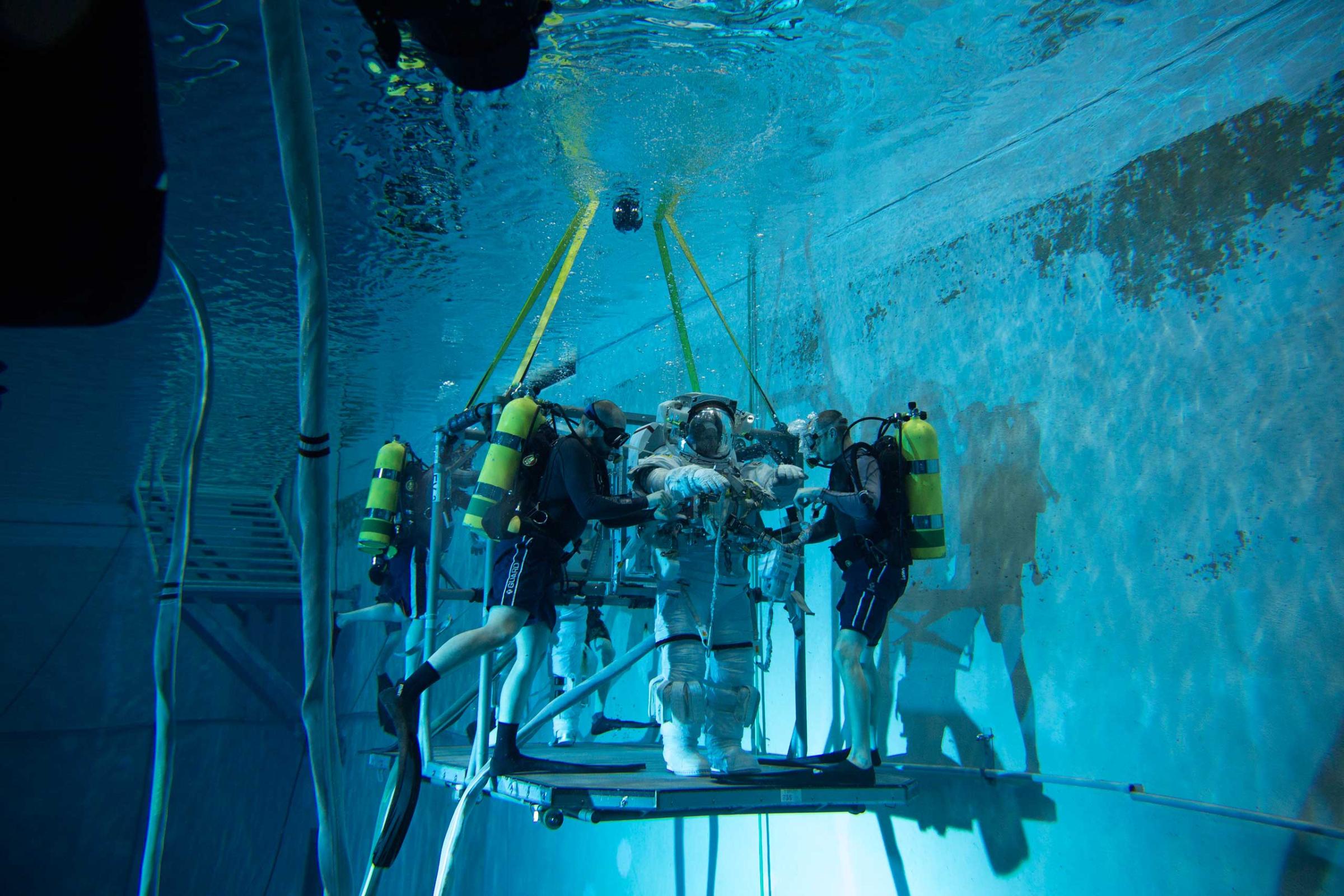
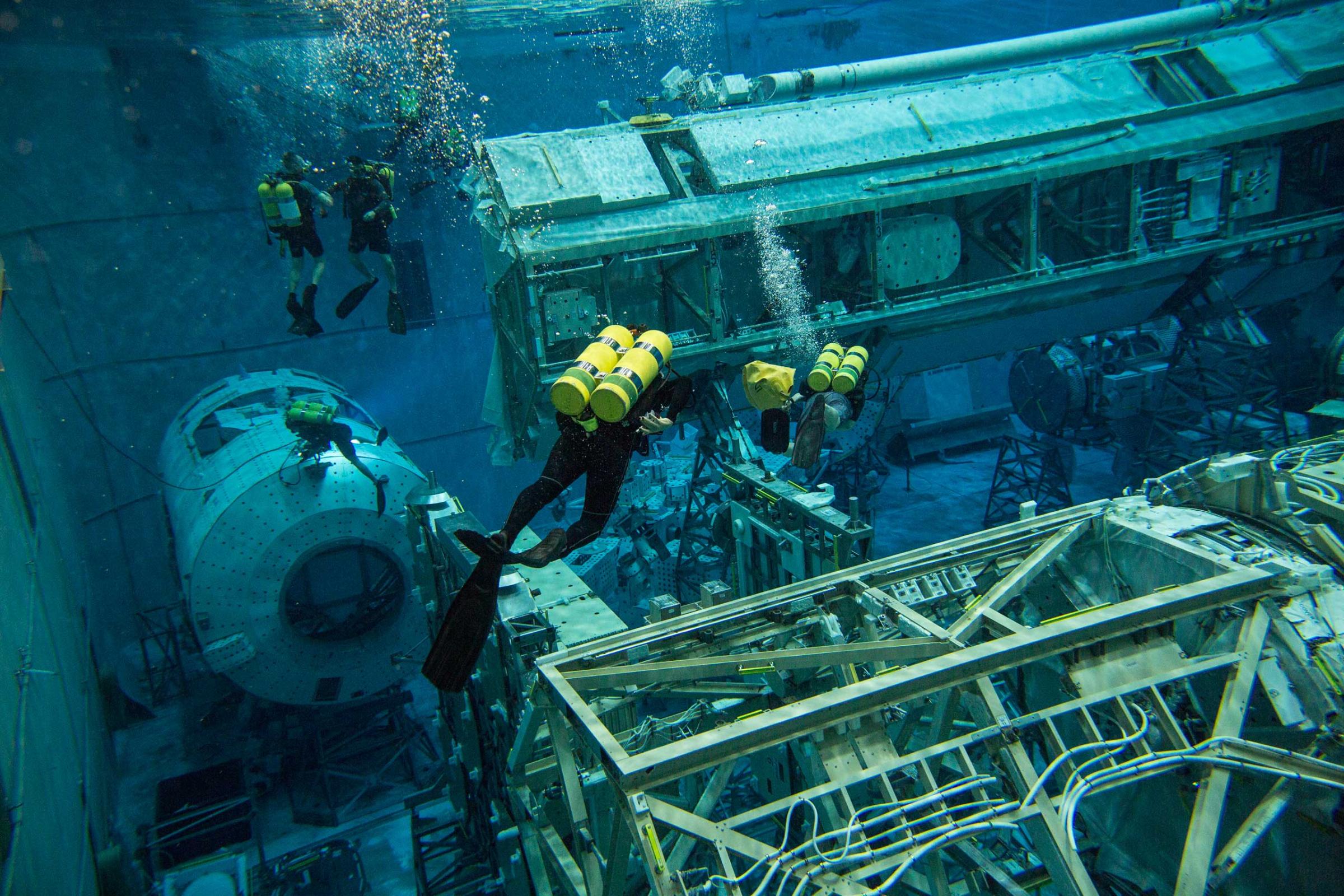


More Must-Reads from TIME
- Donald Trump Is TIME's 2024 Person of the Year
- Why We Chose Trump as Person of the Year
- Is Intermittent Fasting Good or Bad for You?
- The 100 Must-Read Books of 2024
- The 20 Best Christmas TV Episodes
- Column: If Optimism Feels Ridiculous Now, Try Hope
- The Future of Climate Action Is Trade Policy
- Merle Bombardieri Is Helping People Make the Baby Decision
Write to Jeffrey Kluger at jeffrey.kluger@time.com